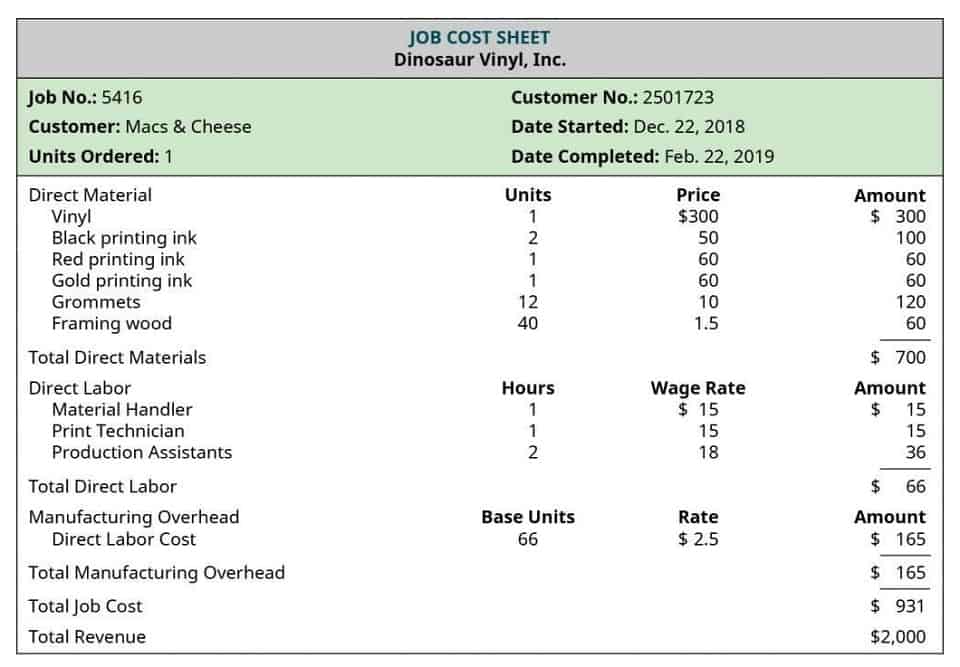
These efforts shouldn’t come at the cost of limiting networking or data-sharing opportunities. Or else, financial institutions won’t be able to capitalize on emerging growth opportunities. This data security and privacy law applies to all banks, securities firms, and other financial service providers in the US. Fintech companies can train ML models on historical transaction records, customer behavior patterns, entity relationships, and other indicators. Libraries like Numpy and Pandas also allow FinTech data scientists to create customized ML models. These models can extract nuanced risk signals from the continuous churn of financial transactions and data.
NY, FTC Dial Up Heat With Financial Data Security Upgrades – Law360
NY, FTC Dial Up Heat With Financial Data Security Upgrades.
Posted: Thu, 09 Nov 2023 08:00:00 GMT [source]
QuickBooks Online apps like Rewind Backups help you protect your financial data and recover quickly from whatever might happen. Compromised credentials are one of the most common causes of financial data breaches. According to a Verizon study, 61% of breaches are caused by unauthorized people accessing employee accounts.
Deloitte Center for Financial Services
The amendment to the FTC’s Safeguards Rule would require non-bank financial institutions to report when they discover information impacting at least 500 people has been accessed without authorization. Moving forward, companies will need stronger reasons to process “Sensitive Personal Data” compared to “regular” personal data. Hence, making clear distinctions between the two is critical for both companies and regulators. CFOs must clarify these distinctions by establishing an open dialogue with relevant regulatory agencies. The following list of free resources could help organizations achieve compliance with the Payment Services Directive (PSD 2).

Learn more about consumer topics at consumer.ftc.gov, or report fraud, scams, and bad business practices at ReportFraud.ftc.gov. Follow the FTC on social media, read consumer alerts and the business blog, and sign up to get the latest FTC news and alerts. The matter concluded in June, when the Tour and LIV Golf announced a truce and their intention to form a partnership.
Prevention of Financial Loss
Insider threats can be particularly challenging to address, as these individuals often have legitimate access and may understand the institution’s systems and processes. In a Distributed Denial of Service (DDoS) attack, cybercriminals overwhelm a network, service, or infrastructure with traffic, causing it to become inaccessible. Financial institutions may be targeted by DDoS attacks to disrupt their services, cause financial losses, or as a distraction while the attackers attempt to breach their systems.
The Payment Card Security Standards Council (PCI-SSC) is in charge of the administration of this standard on all card providers. A zero trust architecture assumes all network activity is malicious until proven otherwise. This framework encourages more secure privileged access management, making it accounting security more difficult for cybercriminals to access sensitive resources. Every organization that processes customer credit card information must comply with PCI DSS, including merchants and payment solution providers. As soon as data is created in any source system, it becomes available across the system.
Common Cybersecurity Threats in Financial Services
This contrasts with respondents from large private FSIs, nearly all of whom indicated that their cybersecurity budgets were in the $4 million to $20 million category. This dynamic likely reflects concerns at public financial institutions over a potential multiplier effect from a high-profile breach, which could roil shareholders and analysts as well as undermine market capitalization. Respondents from companies with less mature security programs were more likely to externally source their cybersecurity functions or personnel than were adaptive companies. However, across the board, the most prevalent outside source of help was with “red team” operations, in which a company tests its preparedness to be secure, vigilant, and resilient given the threat of a cyberattack. The survey also asked respondents to report on their cybersecurity maturity level, under the four-level National Institute of Standards and Technology (NIST) framework1 (see figure 1 in the sidebar).
- With centralized key management and a hardened root of trust, enterprises can ensure their master keys are protected anywhere across Hybrid IT.
- A balanced strategy that integrates these elements is essential for creating a resilient and adaptable security infrastructure.
- In the context of financial services, data activity monitoring provides an additional layer of security.
- Traditional metrics may not fully capture the nuanced changes in behavior and culture.
- Coralogix’s full-stack observability dashboard provides a centralized system to ingest and analyze huge volumes of security data across a data ecosystem.
This centralized approach gives security teams a holistic view of risks related to customers, accounts, transactions and fraud. Coralogix’s full-stack observability dashboard provides a centralized system to ingest and analyze huge volumes of security data across a data ecosystem. Coralogix’s machine learning and dynamic alerting features detect anomalies, spot threats, and provide visibility into systems. Armed with a powerful observability tool, companies overcome the challenges of data volume, detecting anomalies, and false positives. Observability gives fintech companies the visibility required to detect issues before impacting customers or incurring losses.